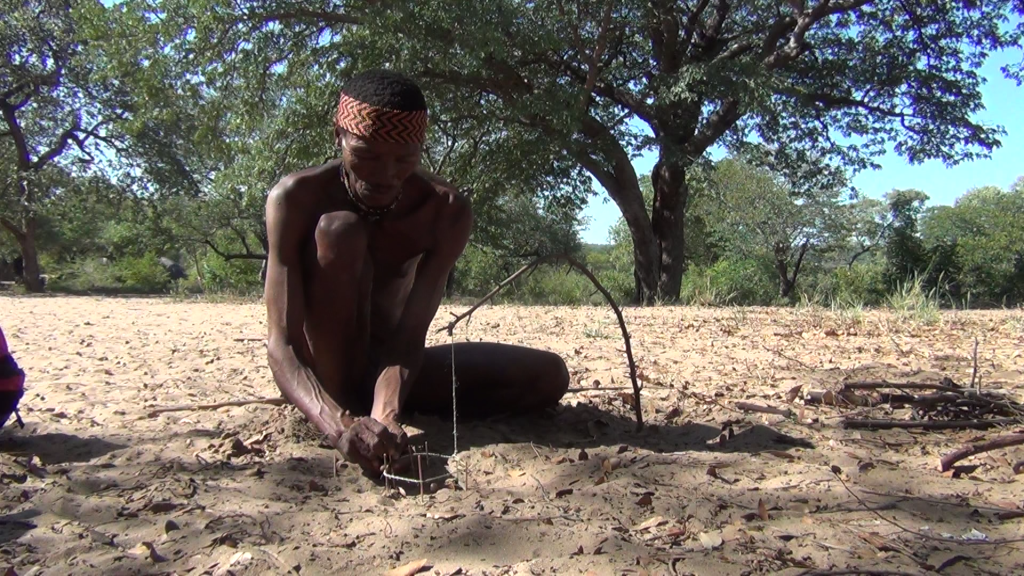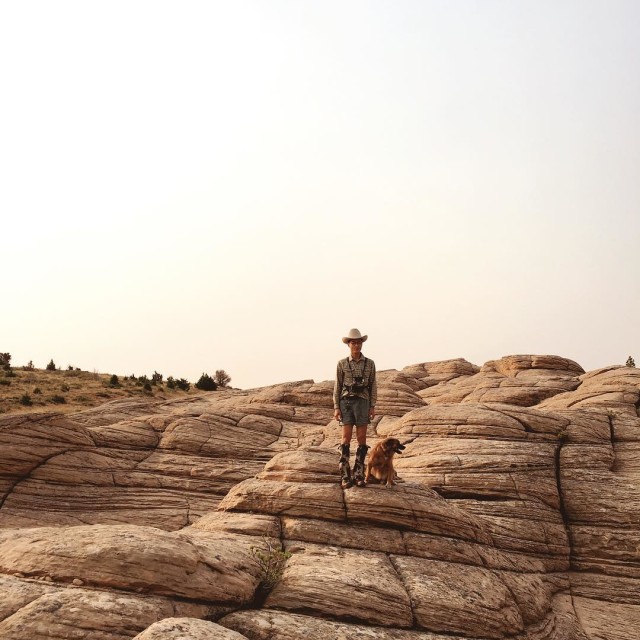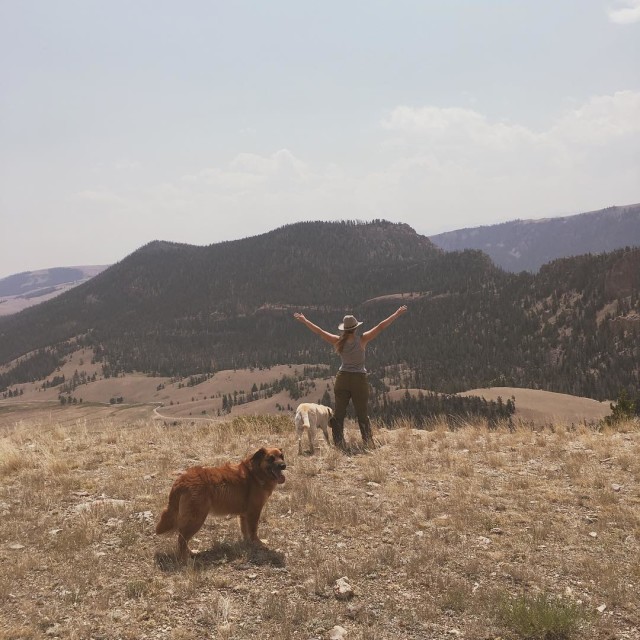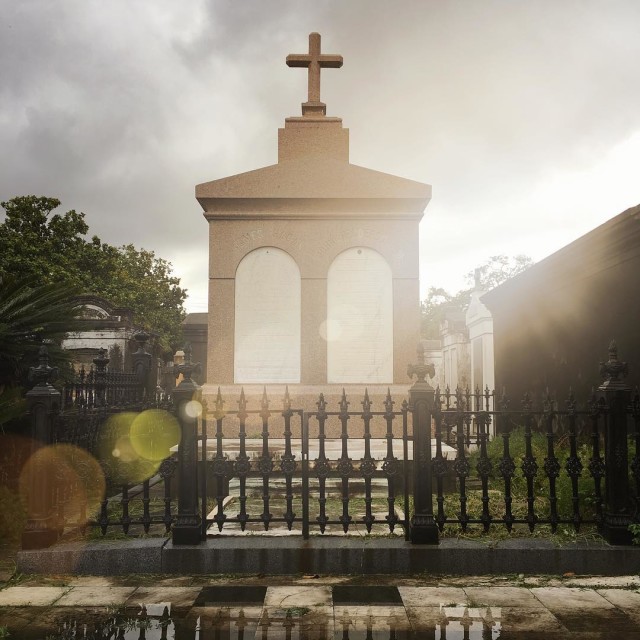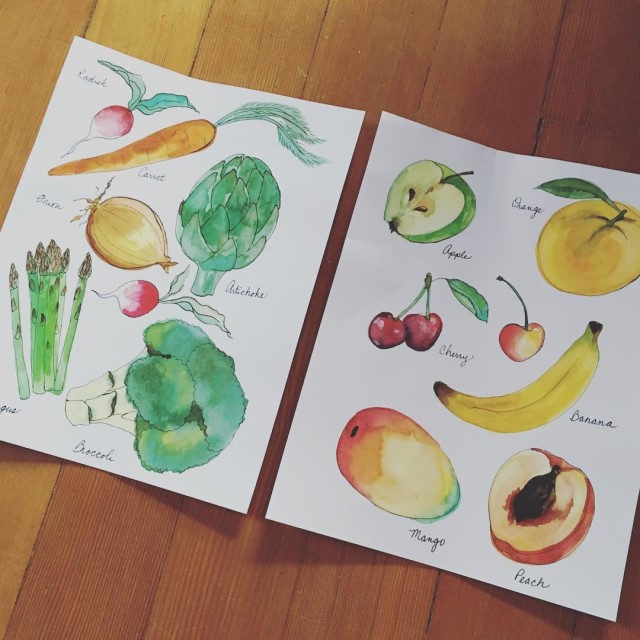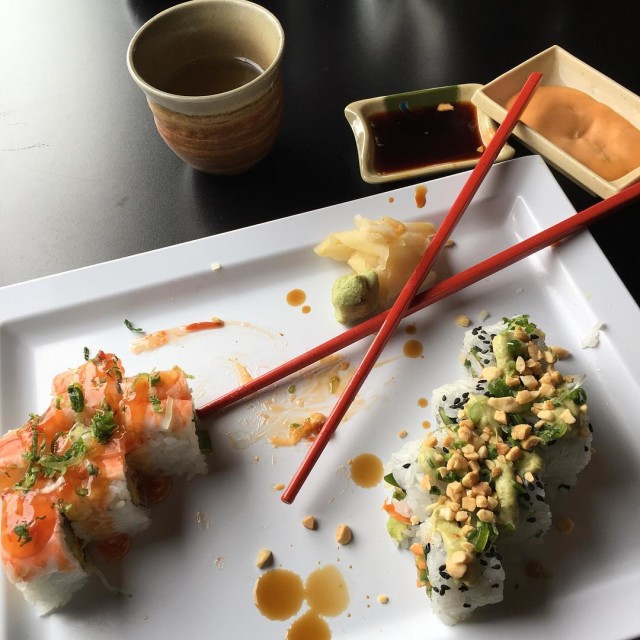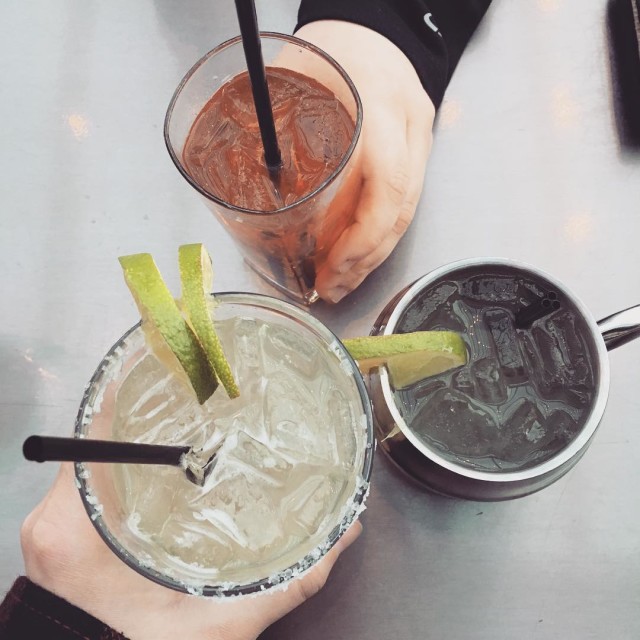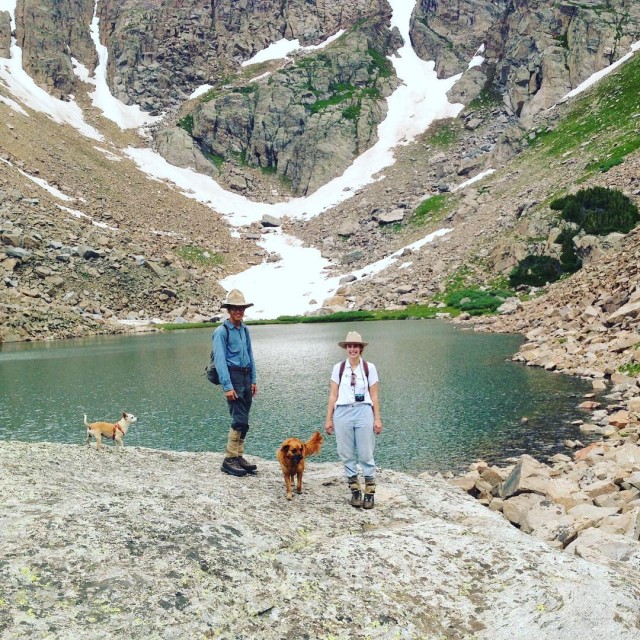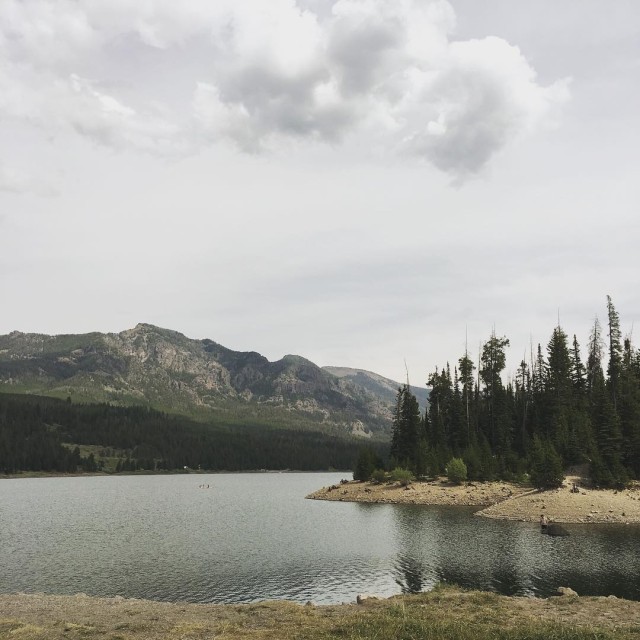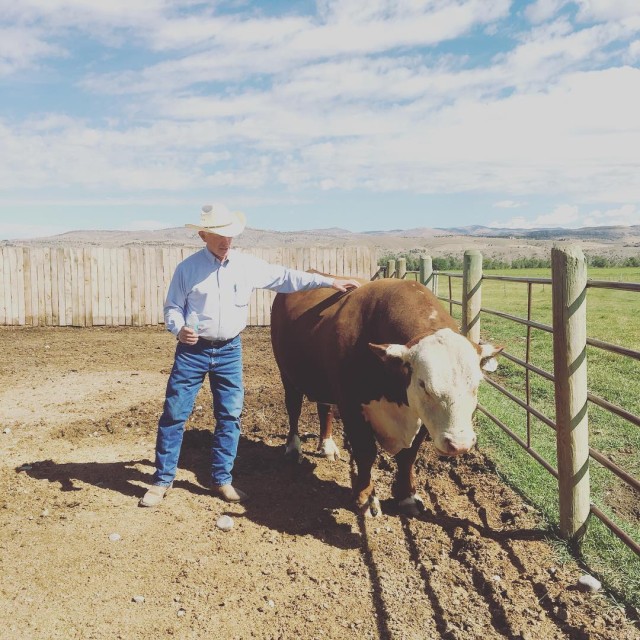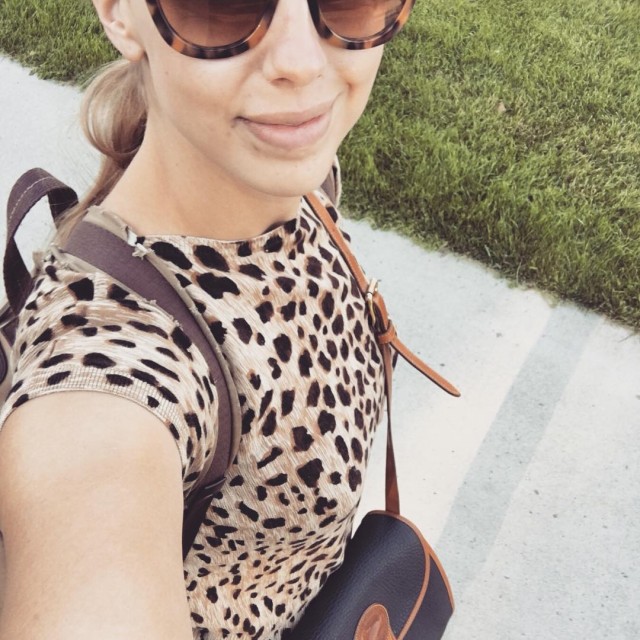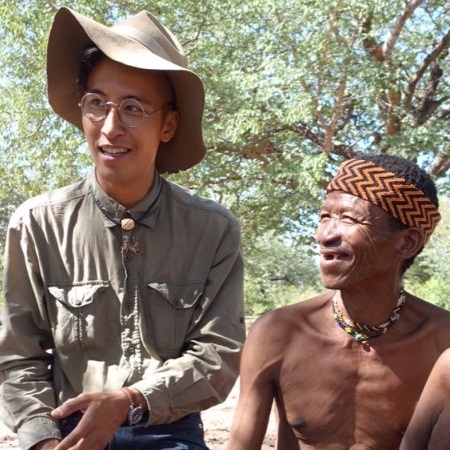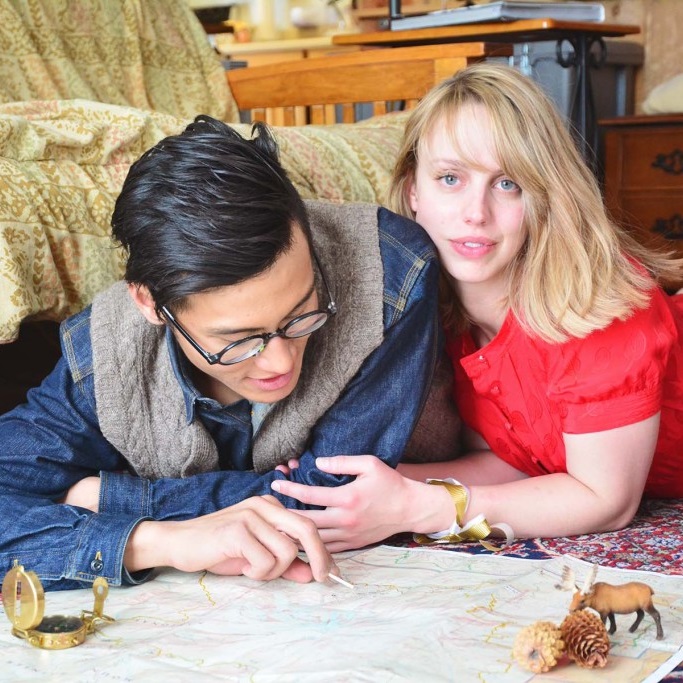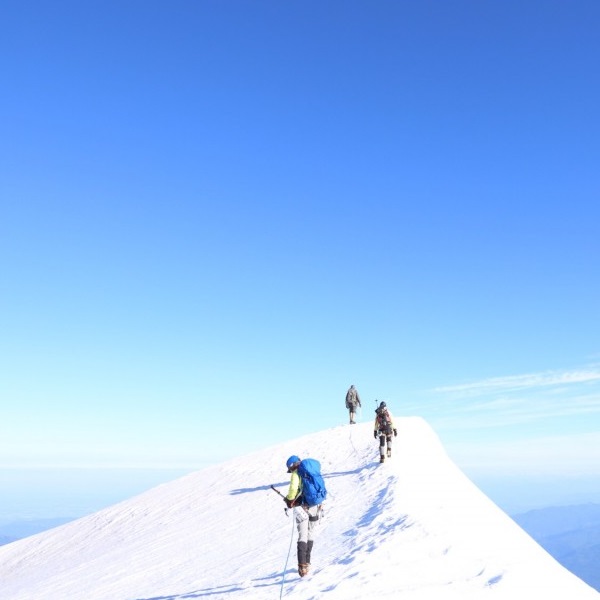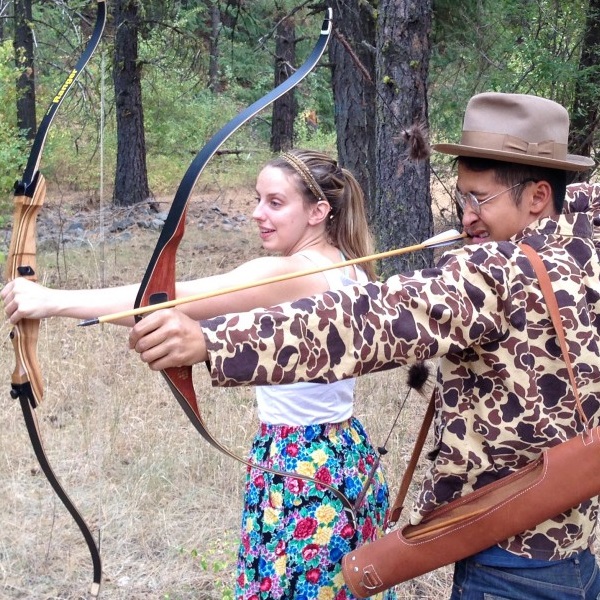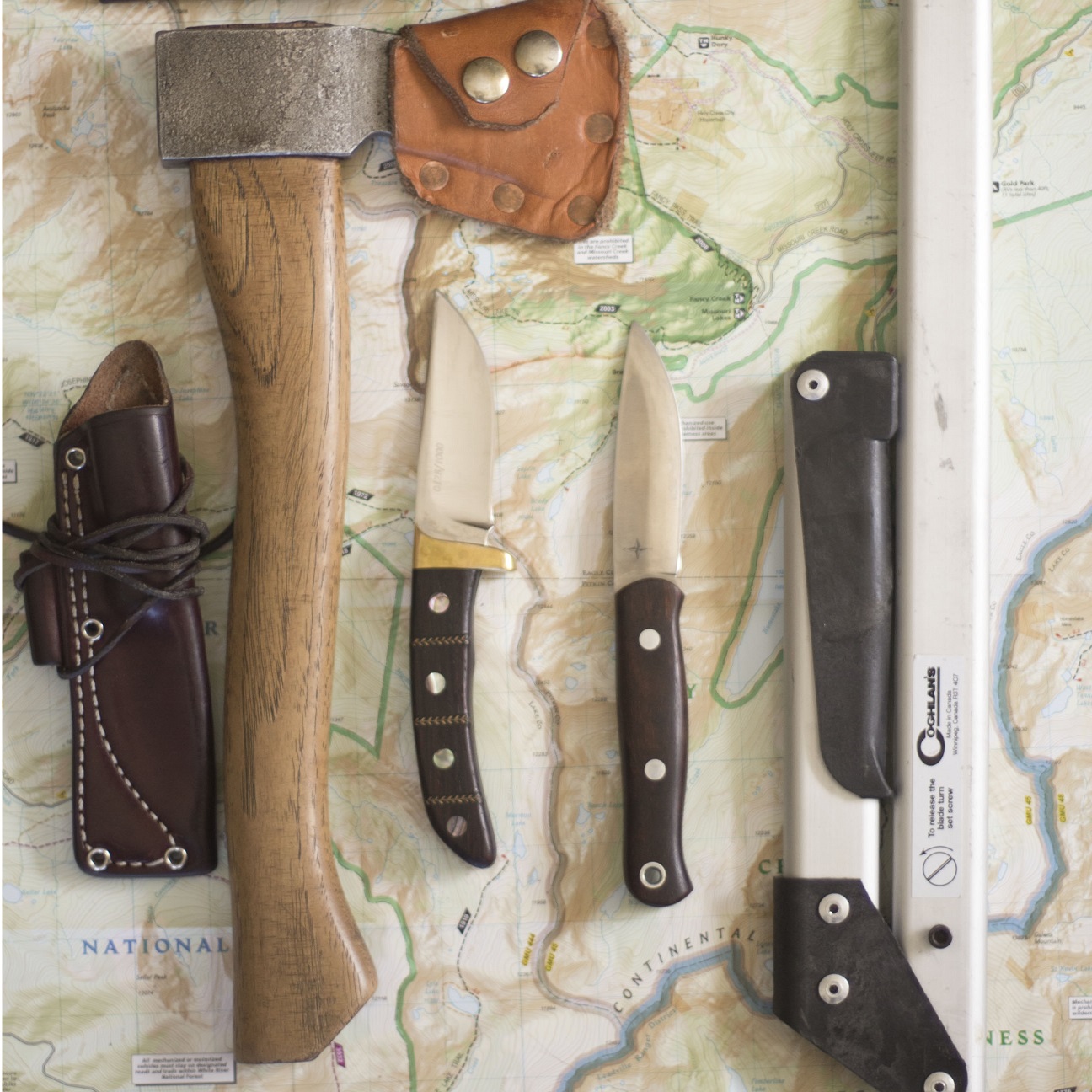The Ju/wa trapping techniques are simple, elegant, requiring little to no modern tool use and is created using only found materials from the Kalahari.
Everyone in the village knows basic tracking to an extent men women children, and when they know of good spots, where birds land and peck they will set up these spring snares and check them daily.
The first part of setting up the bushmen trap is to have bait. The bushmen often use the sedge tubers found under tufts of grass like sedge, false mopane seeds from the false mopane tree, or rarely the nuts of the manketti tree. These plants are discussed in passing and detail in many other videos of post of mine, they seem integral to the bushman way of life. Bellow here is another close up of the onion like sedge tuber or tiger nut.
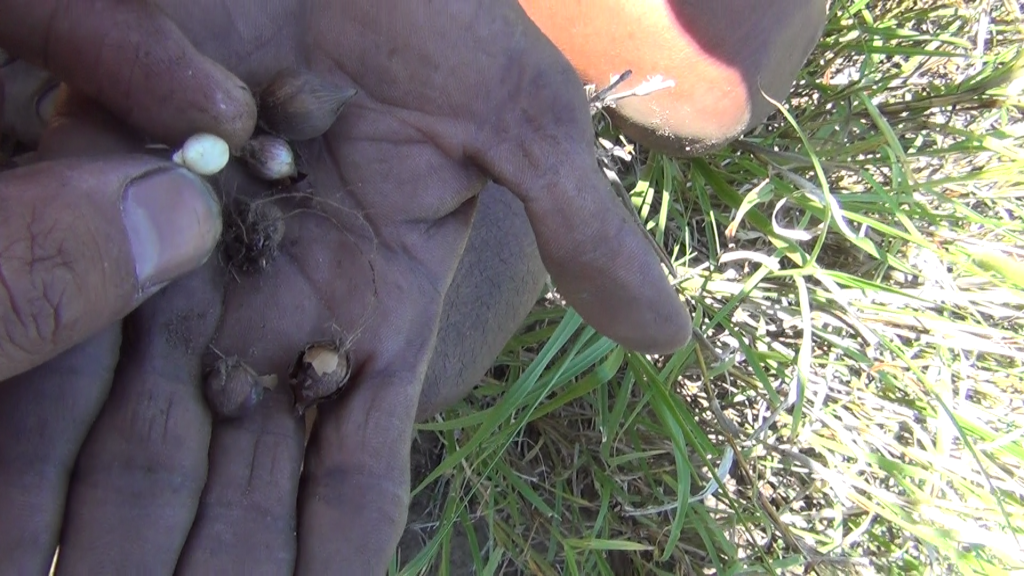
The next step is to find areas rich with sign of bird activity on the ground. The time of year I was with the tribe, the watering holes were all full of water, so every site that we set up traps was by this water that not only had bird tracks but tracks of every species, lion, hyena, leopard, elephant, kudu, buffalo. Oh my!
A cord with a girth hitch on each end is created from Sanseveria. A toggle with a short inch long cord is in attached behind the noose end of the trap. This inch long toggle is part of the trigger system.
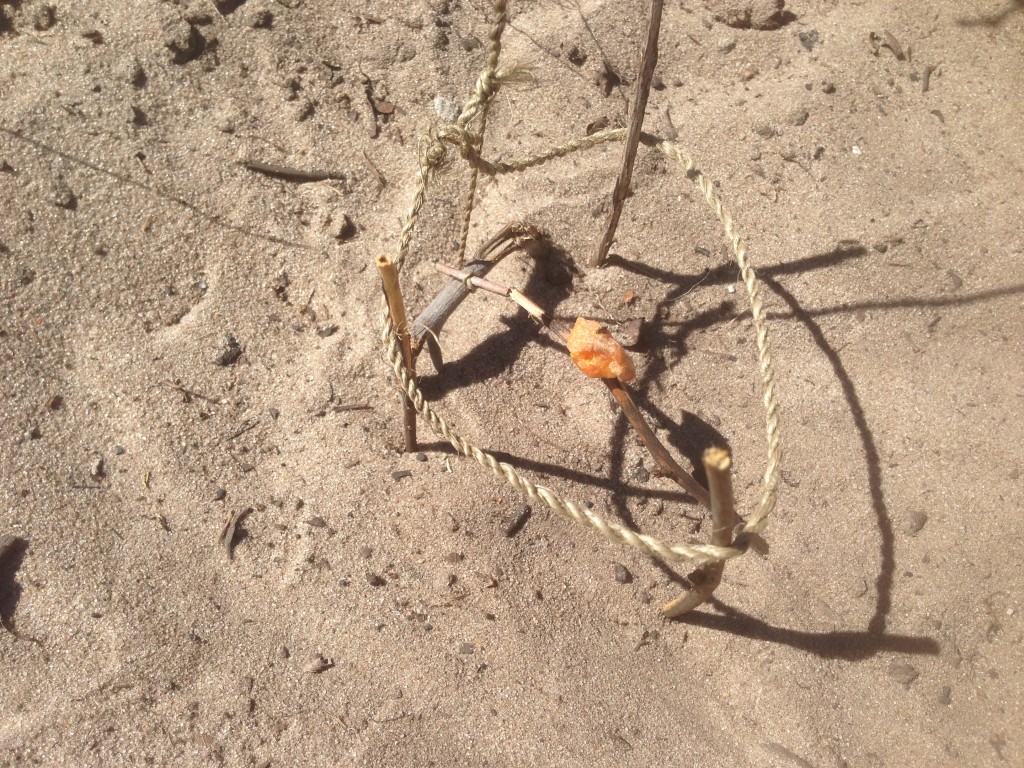
A springy branch is anchored into the ground. The snare is attached to the end. A very simple but effective trigger is created using a u shaped anchor, and a bait stick, the trigger toggle of the snare is looped around the anchor and held delicately in place with the bait stick. The snare is kept spread out with little bits of grass shaft. The bushmen always lean in close and blow away the dust around the snare and bait.
